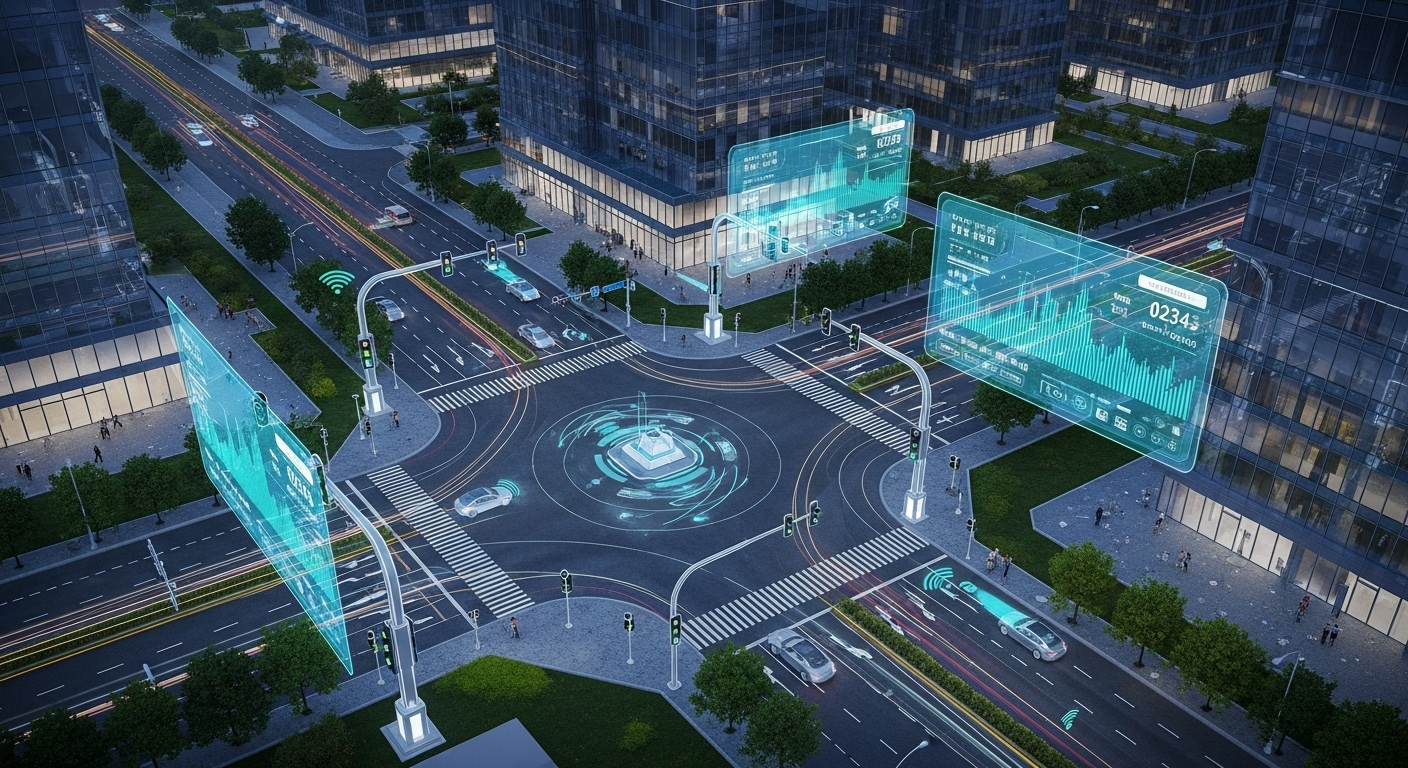
Sensor-Based
Signal Systems
Intelligent Traffic Management with Real-Time Adaptation
Smart traffic signals that use sensors to adjust signal timing based on real-time traffic, reducing waiting time and improving safety at junctions.
Smart Adaptive Traffic Control
Revolutionary sensor-based systems that automatically adjust signal timing based on real-time traffic conditions.
Vehicle Detection
Advanced sensors detect vehicle presence and density
Adaptive Timing
Real-time adjustment of signal phases
Traffic Optimization
Reduced waiting times and improved flow
Advanced Sensor Technologies
Multiple sensor types working together to create intelligent traffic management systems.
Inductive Loop Sensors
Buried wire coils that detect vehicles through electromagnetic field changes.
- Highly accurate vehicle detection
- Works in all weather conditions
- Long lifespan (10+ years)
- Vehicle counting and classification
Applications:
Stop line detection, advance detection, and queue management at signalized intersections.
Video Detection Systems
AI-powered camera systems that analyze traffic patterns and vehicle movements.
- Multiple lane monitoring from single camera
- Real-time traffic analytics
- Vehicle classification and speed detection
- Incident detection capabilities
AI Features:
Machine learning algorithms provide advanced traffic analysis and predictive optimization.
Radar Detection Sensors
Microwave radar technology for reliable vehicle detection and speed measurement.
- Non-intrusive installation above ground
- Accurate speed and distance measurement
- Unaffected by weather conditions
- Multi-zone detection capability
Advantages:
Easy installation, maintenance-free operation, and reliable performance in harsh environments.
Pedestrian Detection
Specialized sensors for detecting pedestrian presence at crosswalks and intersections.
- Push button activation systems
- Thermal and infrared sensors
- Automated pedestrian phase extension
- Audio signals for visually impaired
Safety Features:
Enhanced pedestrian safety with automatic detection and extended crossing times when needed.
Benefits of Sensor-Based Systems
Significant improvements in traffic efficiency, safety, and environmental impact.
30-50% Reduction
in average waiting times at intersections
25% Increase
in traffic throughput capacity
20% Reduction
in fuel consumption and emissions
Enhanced Safety
Reduced accidents and improved pedestrian safety
Implementation Process
Systematic deployment of sensor-based traffic control systems with comprehensive testing and optimization.
Traffic Analysis & Planning
Comprehensive study of traffic patterns, peak hours, and intersection characteristics.
- • 24/7 traffic volume counting
- • Peak hour analysis
- • Vehicle classification study
- • Pedestrian movement patterns
Sensor Selection & Design
Optimal sensor technology selection based on site conditions and requirements.
- • Technology comparison and selection
- • Sensor placement optimization
- • Detection zone configuration
- • Integration with existing systems
Installation & Calibration
Professional installation with precise calibration for optimal performance.
- • Sensor installation and mounting
- • Controller programming
- • System calibration and testing
- • Communication setup
Optimization & Monitoring
Continuous monitoring and fine-tuning for maximum efficiency and performance.
- • Performance monitoring
- • Algorithm optimization
- • Regular maintenance
- • System upgrades